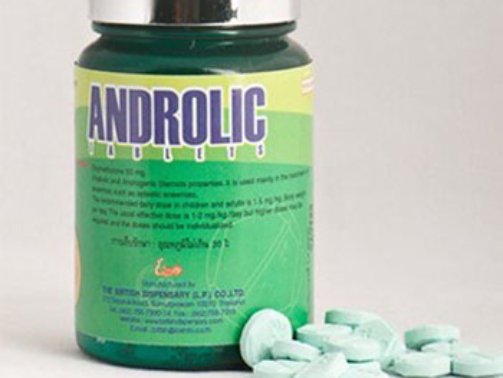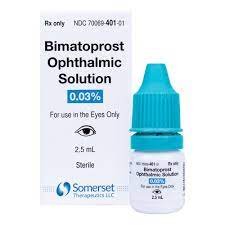- Amoxicillin comes in tablets, capsules, or liquid form.
- It is usually taken one to three times a day with or without food.
- Always follow the doctor’s instructions and finish the full course, even if you feel better. Stopping early can cause the infection to come back.
- Nausea or vomiting
- Diarrhea
- Mild skin rash
- Stomach pain
- Are allergic to penicillin or other antibiotics.
- Have severe kidney problems.
- Have had a bad reaction to antibiotics before.
What is Amoxicillin?
Amoxicillin is an antibiotic used to treat bacterial infections. It belongs to the penicillin family of antibiotics. Doctors prescribe it to fight infections in the ears, throat, lungs, skin, and urinary tract.
How Does Amoxicillin Work?
Amoxicillin kills bacteria by stopping their growth. It works by breaking down the bacteria’s protective cell wall, which causes them to die. However, it does not work against viral infections like the flu or the common cold.
Common Uses of Amoxicillin
Doctors prescribe amoxicillin for many bacterial infections, including:
Ear infections
Throat infections (such as strep throat)
Pneumonia (lung infection)
Sinus infections
Urinary tract infections (UTIs)
Skin infections
Dental infections
How to Take Amoxicillin
Possible Side Effects
Most people tolerate amoxicillin well, but some may experience side effects, such as:
In rare cases, some people may have an allergic reaction, which can cause:
Swelling of the face or throat
Difficulty breathing
Severe rash
If you notice these signs, seek medical help immediately.
Who Should Not Take Amoxicillin?
Amoxicillin may not be safe for people who:
Conclusion
Amoxicillin is a powerful antibiotic that helps treat many bacterial infections. It is safe and effective when used correctly. However, it is important to take the full dose as prescribed by a doctor and not use it for viral infections.
| packing piils | 30 pills, 60 pills, 120 pills, 180 pills, 200 pills, 250 pills, 300 pills, 400 pills, 500 pills |
|---|

 Cart is empty
Cart is empty 









Reviews
There are no reviews yet.